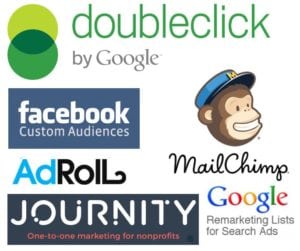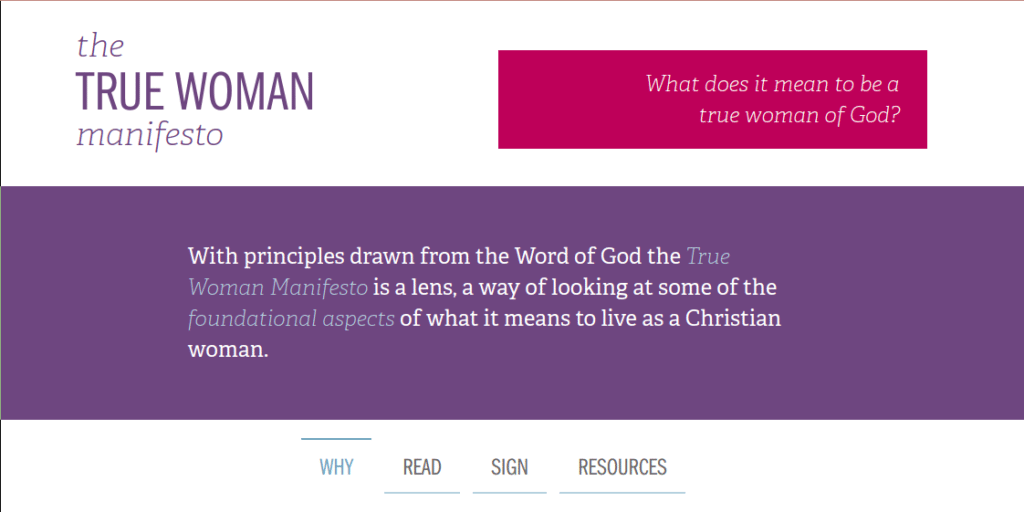Retargeting for the Donor Engagement Cycle
According to a M+R Benchmarks study, “Overall, 1.0% of nonprofit website visitors joined an email list, and 1.1% completed a donation.” This means that roughly 99% of website visitors are not engaging with your organization to become donors!
So how do you convert website visitors into avid supporters?
The answer is simple: retargeting.
But what is retargeting anyways? Retargeting allows you to direct ads to individual users based on actions they have taken on your website. So retargeting is very handy, but what does this have to do with the Donor Engagement Cycle?
First of all, the Donor Engagement Cycle is broken down into four stages: inspire, educate, ask, and thank. Each of these stages is critical to effectively engage possible donors, and without following through thoroughly, you could lose valuable prospects. You must inspire newcomers through your mission, educate them on what you do and how they can get involved, ask them to join the cause through donation, and thank them personally. These stages can seem pretty daunting if you don’t know where to start, but this is where retargeting can save the day!
Stage 1: Inspire
A first impression online only takes 0.05 seconds!1 New visitors to your website need to see engaging contact right off the bat, otherwise they will leave without even considering a connection to your mission.
There are some key characteristics of users in this stage, most notably:
- Generally, a first time visitor
- Looking for a cause they can stand with
- Short attention span
- Don’t want to put in a lot of effort… yet
To effectively inspire these users, visual design is crucial. You want to capture their attention, and keep them engaged with content on your site. Lead with compelling stories, and create content that gives them a reason to come back. One way to do this is to offer a special welcome message exclusively for first time visitors.
Building an ‘inspire’ strategy can be quite simple; hang out in their (virtual) community! Reach out to users through off-site retargeting such as Facebook Custom Audiences, Google’s RLSA, and AdRoll Display Targeting. Be sure to include mobile and other networks. Guiding them to your site and inspiring action will be the first step to building a strong donor relationship.
Stage 2: Educate
On average, it takes 7 brand interactions before users make a decision, so it is necessary to provide consistent messaging around your mission.
Users in stage two generally:
- Have an affinity for your cause
- Have interacted with your ads
- Have visited your site multiple times
- Don’t know what the next steps are
At this point, users know what you’re all about, but they don’t know what they should do next. You need to educate them! Offer your website visitors ‘micro’ engagement opportunities that aren’t as daunting as a regular donation. For example, you can present visitors with a chance to sign up for emails, sign online petitions, or attend your events. The True Woman Manifesto by Revive Our Hearts (shown in the screenshot below) is a perfect example of a micro engagement. It clearly explains the “what” and “why” then offers readers the option to sign their name. It’s a minimal commitment but gets users to engage and it aligns directly with the mission of Revive Our Hearts.

To build an ‘educate’ strategy, you need to find the preferred method of content consumption. Once people are inspired, they want to act, so do not miss this opportunity. It is extremely helpful to personalize the opportunities that you offer. For instance, you can use geolocation data. This data tells you where your website visitors are from, so you can personalize messages and invite them to events in their area. You could also use tagged segments. An example of a tagged segment would be targeting visitors that come to your site from Facebook; you can personalize a message just for these visitors with a micro engagement opportunity such as “Share this article on Facebook!” Lastly, to personalize opportunities you can utilize content affinity data, offered by Journity. By tracking the content people are interested in, you can segment certain groups and show them more information that is related to their interests. Through these types of personalization, you can guide inspired users to take action!
Stage 3: Ask
Picking the right moment is essential. Pairing personalization with timing is critical. For more advice on timing, check out Blackbaud’s “Create Your Advocacy Fundraising Moment” Whitepaper.
Consider some characteristics of users in this stage:
- Highly engaged (engagement scores are a good indicator)
- Have completed 1 or more micro engagement opportunities
So how do you properly ask educated users? Timing for this stage should relate to a personalized campaign. This could be a seasonal ask, such as Giving Tuesday. It could relate to an organizational need, such as Thanksgiving meals. Or, it could relate to a broader social movement such as elections. But most importantly, your ask should be directly related to your mission!
Building a valuable ‘ask’ strategy requires looking for the next logical steps. The ‘how’ and ‘when’ of the ask should be connected directly to Stage 1 of the cycle. If a website visitor feels like you do not actually care for their previous engagement with your organization, they will not want to help your mission. Your strategy should be driven by the data you have collected in each step, and it must be timely. Missing the right moment means missing out on a valuable individual that cares about your cause. Keep the ask true to your mission and your brand; people notice when you’re not being genuine.
Stage 4: Thank them

Donor retention rates are hovering at a mere 45.5%. This means that less than half of first-time donors stick around to support an organization. First-time givers require a special engagement plan that keeps them involved with your organization. Fifty-three percent of donors who leave an organization do so because of reasons tied to poor communication… you need to thank them!
Users in this stage have donated money to one or more of your fundraising campaigns.
Nobody likes to be taken for granted, so an impactful ‘thank you’ strategy requires a few things. First, make the thank you personal! A generic offer of gratitude will lead to that 53% loss of donors if you are not careful. Along the same lines, thank them for the specific campaign they supported; they gave to that campaign for a reason! Make sure they know you appreciate that specific donation, especially by thanking them across multiple channels. Lastly, show them the impact their gift has. Again, they gave for a reason, so they care about the significance of their donation to your cause.
Your website visitors have the capacity to share your mission and help you reach your goals. Without impactful retargeting, you could be losing valuable individuals who care for your cause. So, consider the four stages of donor engagement, and use our tips on building effective retargeting strategies- your donor retention rates will thank you! Most of all, remember that personalization goes a long way to show your website visitors that you care about them on an individual level. Want to know more about retargeting your way through the donor engagement cycle?
If you’re interested to try retargeting on your own site, but don’t know where to start, try our Journity demo! We provide every tool you could need to effectively reach your audience and build lasting relationships.